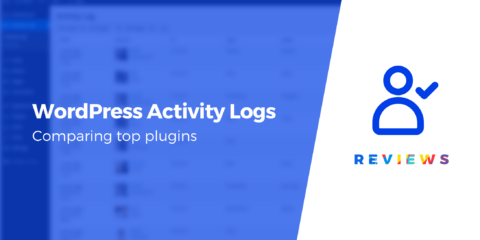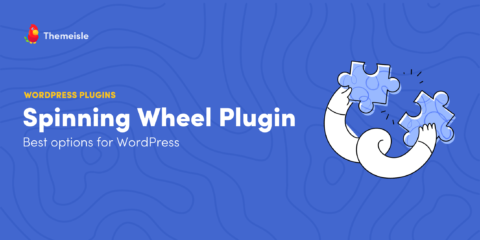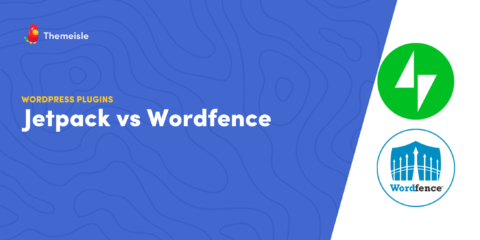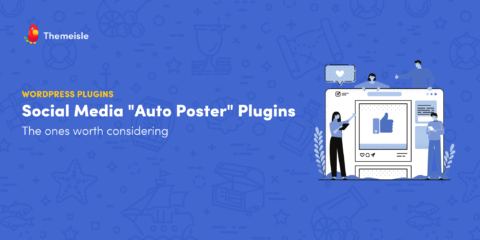The release of WordPress 6.4 saw the arrival of a new theme on the market: Twenty Twenty-Four. So far, the default themes have always felt a bit limited in terms of use cases and design. However, the WordPress Twenty Twenty-Four theme aims to be different from its predecessors by offering a more functional, multipurpose approach.
Fortunately, we’ve tried and tested the theme, so you won’t have to do all the work. By looking at the main features of Twenty Twenty-Four and its design elements, you should be able to decide if it’s the right fit for your web project. 🧑💻
Twenty Twenty-Four Theme
Twenty Twenty-Four stands out with its versatile style options and templates, highlighted by an extensive array of block patterns including premade designs for portfolios, galleries, posts, testimonials, and calls-to-action. This is as good as it gets for a default WordPress theme.
Pros
Lightweight and flexible design
Fully manageable through the site editor, requiring no coding
Focuses on a pattern-based approach, facilitating site building
A great example of what block themes are
Cons
Lacks advanced features and special effects
No bells and whistles for those seeking a multipurpose theme
Twenty Twenty-Four vs popular block themes
In this post, we’ll provide an overview of WordPress Twenty Twenty-Four and its main purposes. Then, we’ll look at its color palettes and styles, templates, and block patterns.
Let’s get started! 🎨
What we’ll look at:
An overview of Twenty Twenty-Four
Twenty Twenty-Four was launched with WordPress 6.4. The theme was designed to be flexible and suitable for different websites:
In the past, WordPress default themes were built for a specific purpose or type of site. However, the development theme seems to be trying to create more versatile designs.
👉 In fact, Twenty Twenty-Four has three use cases:
- Small businesses
- Photographers and artists
- Writers and bloggers
This means it can be used for building e-commerce sites, portfolios, and professional blogs. However, if you’re planning to launch an online store, you might find the theme a bit lacking in product pages and shop templates.
In terms of design, Twenty Twenty-Four has a very clean and minimalist look. It uses a modern serif font for body text and an old-style serif font (Cardo) for headings to add a bit of elegance.
It also uses soft, muted colors. However, as you’re about to see, the theme offers various style variations.
Main features of Twenty Twenty-Four
As you might expect, Twenty Twenty-Four is a block theme. This means it can be customized with the Site Editor, and it comes with a selection of templates and block patterns.
Let’s have a look at the different features and options available in WordPress Twenty Twenty-Four.
Style variations 💃🏻🕺
Twenty Twenty-Four offers a decent selection of theme styles, ranging from the classic black text on a light background to bolder options, like white text against a deep blue background:

Of course, you can customize these styles to align with your branding. For example, Twenty Twenty-Four lets you select your own colors for the text, headings, buttons, links, and more:

You can even create your own palette, with up to five colors:

You also get a lot of control over the typography. The theme enables you to set fonts for different elements, such as links, headings, and captions:

However, the selection of available fonts is quite small. You can choose from Cardo, Jost, System Sans-Serif, and System Serif:

On the other hand, you get several formatting options for your fonts. These include line height, letter spacing, and different bold and italic styles.
Templates 🎨🎨
Now, let’s turn our attention to templates. WordPress Twenty Twenty-Four offers the usual options, including Blog Home, All Archives, Single Posts, and Search Results:

However, it gives you numerous variations of page templates. For example, there’s Page No Title, Page with Sidebar, and Page with wide image:

You can use these page templates for different types of content. For example, if you just want to showcase a portfolio of work, you might go for the page with no title.
If you’re already familiar with the Site Editor, then you know that these templates can be customized with blocks. For example, if you’re customizing the page with no title template, you might add a quote at the top:

Then, when you create pages using this template, you’ll be able to add a unique quote on each page. You might even add image placeholders and other visual elements to your templates.
While the theme can be used for business sites, it’s not ideal for online shops. At the time of writing, there are no templates available for shop and product pages.
Block patterns 🟩⬛🟩
Finally, let’s look at the theme’s block patterns. These are pre-designed elements that can be easily added to any page.
WordPress Twenty Twenty-Four offers a total of 38 block patterns. New designs might be added to the collection in future updates:

This is where Twenty Twenty-Four stands out as a multipurpose theme. You’ll find block patterns for different types of websites.
For example, your business site can use block patterns for displaying testimonials and services. There’s also a “meet our team” option:

If you’re building a portfolio, you’ll find a selection of gallery block patterns:

Twenty Twenty-Four also had dedicated block patterns for portfolios. Whether you’re an architect or graphic designer, you can use these pre-made designs to showcase your work:

Meanwhile, bloggers can choose from different block patterns to display their latest posts:

Other useful block patterns include calls to action, banners, about sections, and FAQs. There’s even a dedicated RSVP block pattern and a newsletter opt-in.
When you create a new page, you’re immediately asked to choose a pattern:

Then, you can simply replace the placeholder content with your own text and images:

As you can see, Twenty Twenty-Four can help you design a professional site with little to no effort. Its library of block patterns makes it easy to build pages for your business, blog, or portfolio.
Should you try the Twenty Twenty-Four theme?
Twenty Twenty-Four was released with WordPress 6.4 and is designed to offer more options than previous default themes. In fact, this theme can be used for different use cases, including portfolios, business sites, and professional blogs.
Twenty Twenty-Four offers a decent selection of style variations and templates. However, its best feature is probably the large collection of block patterns. You’ll find premade designs for portfolios, galleries, posts, testimonials, calls-to-action, and a lot more.
If you want to learn more about block themes like Twenty Twenty-Four, you can also check out our full introduction to WordPress block themes. 🎨
Do you have any questions about the WordPress Twenty Twenty-Four theme? Let us know in the comments section below!





















The usability of this theme is horrible!
Or start the conversation in our Facebook group for WordPress professionals. Find answers, share tips, and get help from other WordPress experts. Join now (it’s free)!